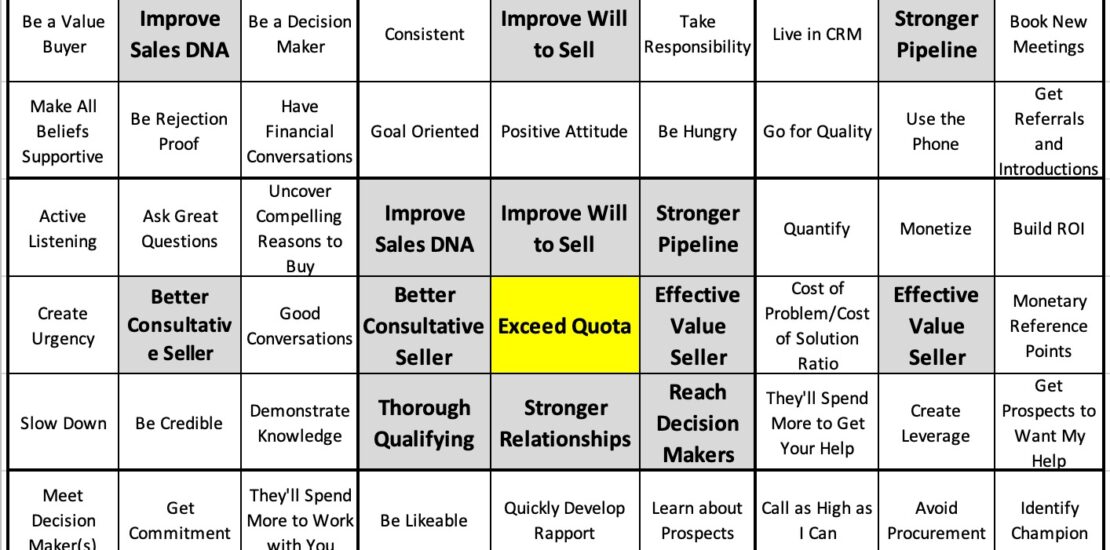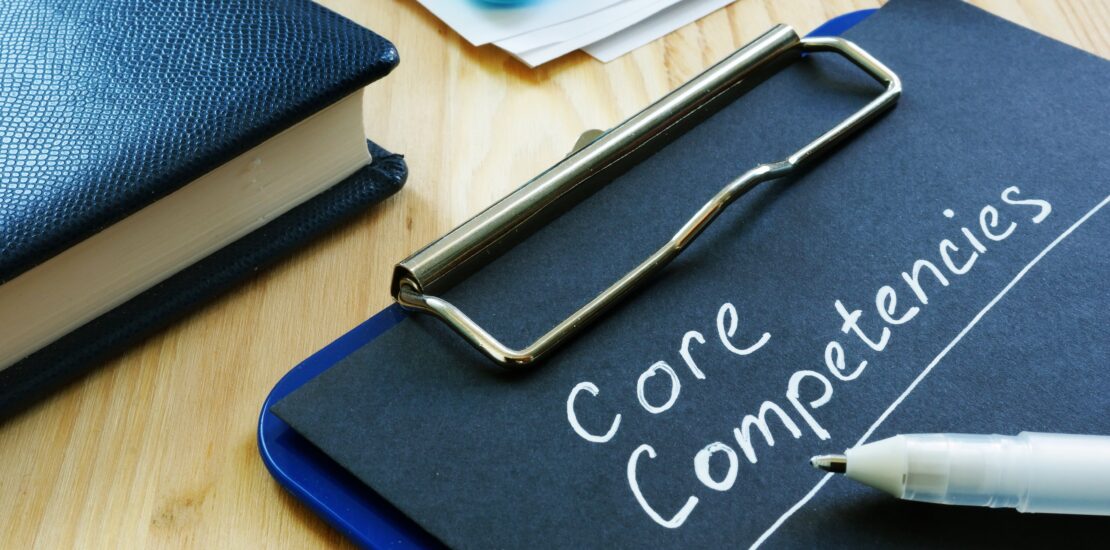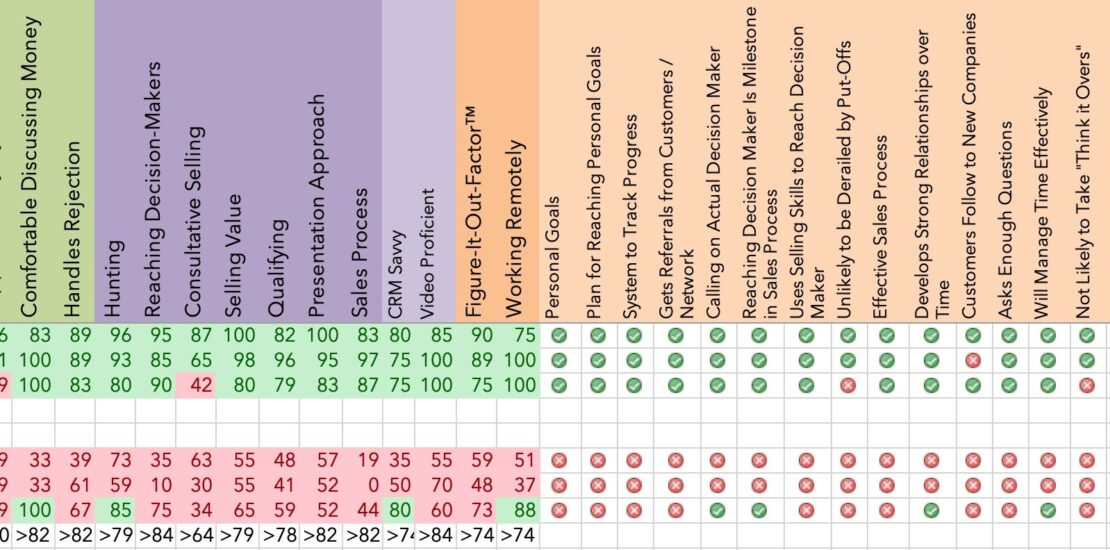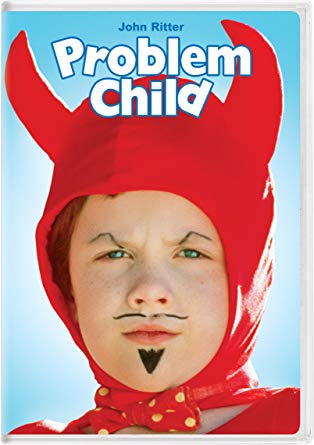sales competencies
-
Combining Goal Setting with Sales Competencies
- January 4, 2024
- Posted by: Dave Kurlan
- Category: Understanding the Sales Force

Allow me to introduce the first draft of the first innovation of 2024 from Kurlan & Associates: The Sales Goals Grid, which incorporates most of the 21 Sales Core Competencies. It is a great visual for every salesperson, regardless of what they sell, who they sell for, who they sell to, or the length of their sales cycle. You can even adapt it to your own needs.
-
How to Always Respond Appropriately to Your Prospect
- December 21, 2023
- Posted by: Dave Kurlan
- Category: Understanding the Sales Force

When a salesperson experiences momentary panic, or forgets what to do or how to do it, that call, Zoom, or in-person meeting is over. It could even spell the end of that opportunity. I’ll explain how to Always Respond Appropriately to Your Prospect
Three ingredients influence events like these:
-
The Difference Between Sales Competencies, Sales Capabilities and Sales Outcomes
- February 14, 2023
- Posted by: Dave Kurlan
- Category: Understanding the Sales Force

If you watched Super Bowl 57, you observed two teams that simply refused to give up or give in. Sometimes, that’s the feeling I get when I’m writing articles and I have solid data on my side, while dozens of competing authors just won’t stop their constant barrage of articles using junk science, anecdotal evidence, and alternate facts.
-
This Company’s Best Salesperson was 2500% Stronger Than Their Worst
- February 1, 2023
- Posted by: Dave Kurlan
- Category: Understanding the Sales Force

It’s been four months since the baseball season ended but college baseball begins in less than 4 weeks and it will be fun to watch our son play for his college team (while freezing our asses off!). It’s also been a while since the last time I shared a top/bottom analysis but I completed one this week that I had to share.
-
Siri Can’t Help You Close the Deal but Doing These Three Things Can!
- August 9, 2021
- Posted by: Dave Kurlan
- Category: Understanding the Sales Force

Sometimes Siri doesn’t actively listen and decides to send you somewhere different from where you asked her to navigate; a different city or town and/or a place that doesn’t sound remotely close to what you asked for. She gets in the way.
So what do you do when Siri isn’t cooperating? Do you give up and wing it? Do you try again? Do you stop navigating with Siri and switch to Google, Waze or your built-in system? Do you persist until you get what you need?
That’s exactly what salespeople are supposed to do. Get creative, be persistent and find a way to reach the decision maker. You do it with Siri, so why don’t you do it when someone in the company won’t introduce you to the decision maker, when they won’t give you the decision maker’s name or when they don’t cooperate? Why do so many salespeople give up and plow forward with the contact they are speaking with right now?
-
The Correlation Between Milestones, Sales Process and Sales Success
- October 26, 2020
- Posted by: Dave Kurlan
- Category: Understanding the Sales Force

Back in the early 90’s, in the very early days of OMG, only 9% of all salespeople had and/or followed a sales process. While that has improved dramatically in the last 30 years, to 45%, it is still way too low. Check out these findings.
-
New Data Shows That Top Salespeople are 2800% Better at Disrupting the Flow
- September 18, 2019
- Posted by: Dave Kurlan
- Category: Understanding the Sales Force

Fish, rafts, kayaks, canoes, sailboats and swimmers all find much more success when they are moving with the wind or the current rather than going against it.
Unfortunately, the same isn’t necessarily true in sales.
-
What to Do with the Salespeople Who Become Your Biggest Problem
- May 3, 2019
- Posted by: Dave Kurlan
- Category: Understanding the Sales Force

I coach a lot of sales managers and sales leaders and when I ask them what they want help with today, it’s rarely a big opportunity, it’s seldom coaching best practices, it’s hardly ever targeted metrics for their team, and it’s almost unheard of for them to request that I help them improve as sales managers, Oh no. They almost always want help with their biggest problem child.
-
Salespeople Make This Mistake – The Dumb Question I Was Asked in a Hotel Restaurant
- February 15, 2019
- Posted by: Dave Kurlan
- Category: Understanding the Sales Force

I pulled up to the entrance of the Doubletree Hotel, greeted Chris, and we walked into the hotel restaurant. As we approached the table, a well-meaning server asked, are you an Honors member? I said, “yes.”
A moment later she returned and said she couldn’t find me in the system. She asked me to spell my name, went back to her computer, and returned again, saying, “I can’t find your reservation in the system.”
I explained that I wasn’t a hotel guest and we were here for breakfast. “Oh, then you’ll have to pay for your breakfast!”
“OK,” I said. After all, I was expecting to pay for breakfast!
Can you imagine how much simpler it would have been if her first question was, “Are you staying with us?”
Salespeople make the exact same mistake. How do I know? I can prove this with several examples.
-
Sales Coaching and the Challenges of Different Types of Salespeople
- February 8, 2016
- Posted by: Dave Kurlan
- Category: Understanding the Sales Force

Recently a reader directed me to a video on the Harvard Business Review site. They rarely have accurate, relevant sales-specific information there, so I clicked over with great anticipation.

